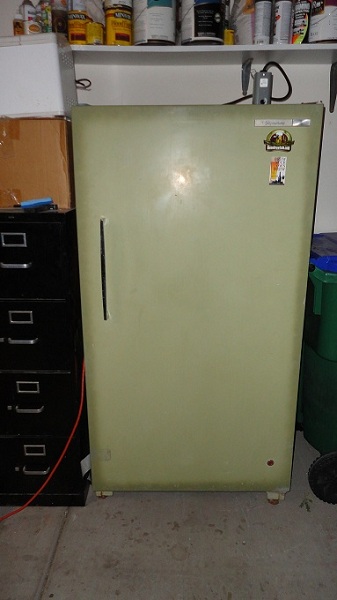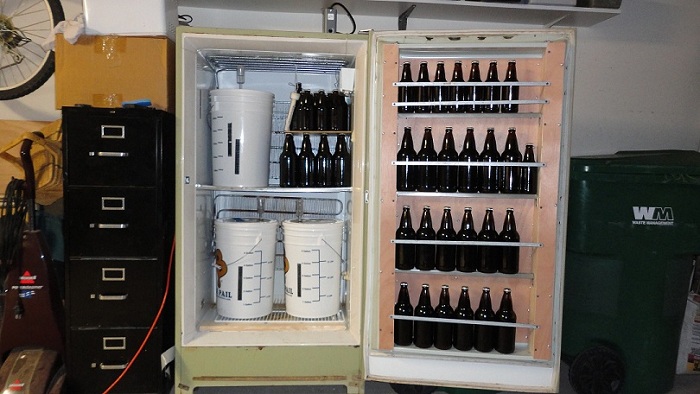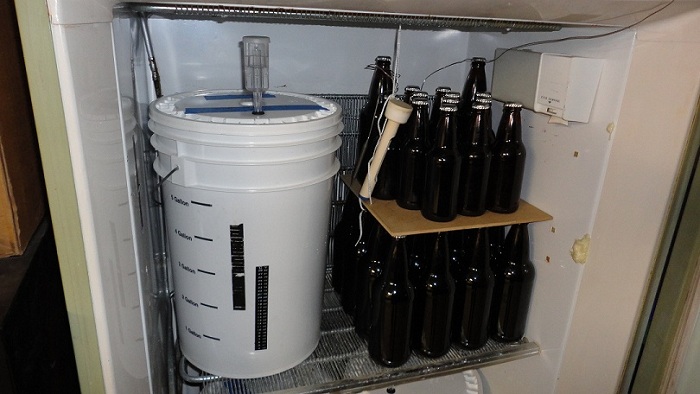I really want to learn the fine details of brewing. I have a few batches under my belt, but I really do not understand the underlining basics.
"What will be the outcome if I add .5oz of Citra at 30 minutes, while doing a full boil?" I want to KNOW what that taste will be before I do it.
And nothing beats experience.
So my idea is to brew small experimental batches in the kitchen. And I mean small.
What I would like to do is make a one gallon extract batch in the kitchen, and then split that into two 1 gallon glass bottles to ferment. A two gallon fermenter will mean more space, and therefore less batches (at 3-8 weeks a batch, thats a lot of storage space.) This also lets me experiment with more dry hop options.
This will also allow me the space to make my full size 5 gallon batches.
Here in Tucson AZ, I have to use a fermentation chamber so space is at a premium.
I have read Deathbrewers "Recipe Formulation & Ingredients Descriptions" post and it was a great source of information and I will start with that.
Any problem with making batches that small? Thoughts, comments, suggestion?
"What will be the outcome if I add .5oz of Citra at 30 minutes, while doing a full boil?" I want to KNOW what that taste will be before I do it.
And nothing beats experience.
So my idea is to brew small experimental batches in the kitchen. And I mean small.
What I would like to do is make a one gallon extract batch in the kitchen, and then split that into two 1 gallon glass bottles to ferment. A two gallon fermenter will mean more space, and therefore less batches (at 3-8 weeks a batch, thats a lot of storage space.) This also lets me experiment with more dry hop options.
This will also allow me the space to make my full size 5 gallon batches.
Here in Tucson AZ, I have to use a fermentation chamber so space is at a premium.
I have read Deathbrewers "Recipe Formulation & Ingredients Descriptions" post and it was a great source of information and I will start with that.
Any problem with making batches that small? Thoughts, comments, suggestion?


























































![Craft A Brew - Safale S-04 Dry Yeast - Fermentis - English Ale Dry Yeast - For English and American Ales and Hard Apple Ciders - Ingredients for Home Brewing - Beer Making Supplies - [1 Pack]](https://m.media-amazon.com/images/I/41fVGNh6JfL._SL500_.jpg)


